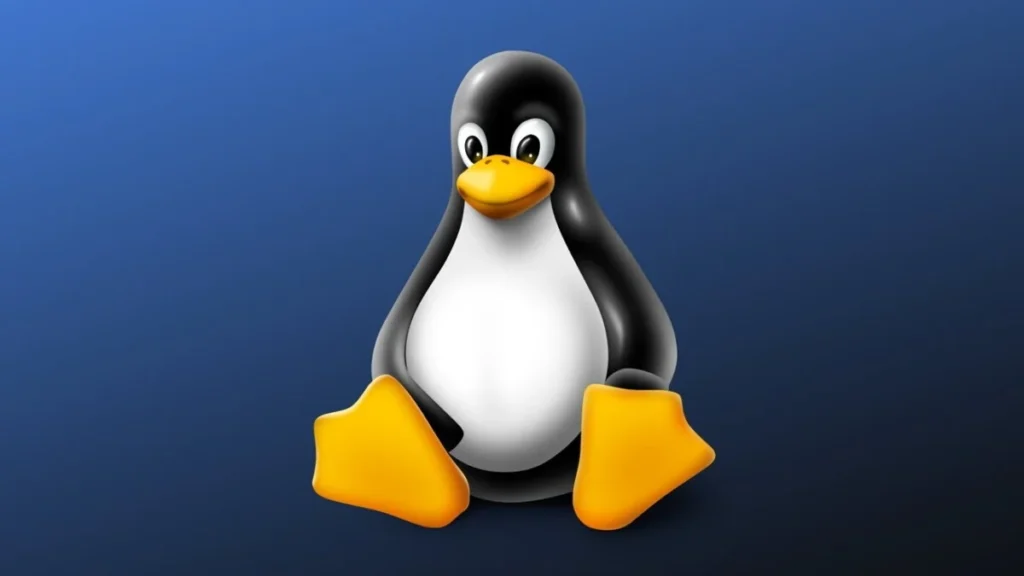Comprehensive Guide to Linux Remote Access and Server Management
Linux systems offer robust tools and protocols for remote access and server management, making it easier for system administrators to manage servers and systems that are physically distant or not directly accessible. In this article, we will explore the key methods for remote access and server management in Linux, focusing on SSH (Secure Shell), FTP (File Transfer Protocol), and remote desktop solutions. These tools are essential for maintaining efficient, secure, and effective management of Linux servers and systems.

Why Remote Access and Server Management is Essential
Remote access and server management are critical for system administrators and IT professionals who need to maintain, configure, and troubleshoot Linux systems from remote locations. Whether the systems are located in data centers, cloud environments, or different geographical locations, remote access allows for uninterrupted management and control. This capability is essential for reducing operational costs, improving response times to issues, and ensuring that systems are maintained without the need for physical presence.
How to Use Linux Remote Access Tools
Linux provides several tools and protocols for remote access, each serving different purposes and offering unique features. The three primary tools for remote access in Linux are SSH, FTP, and remote desktop solutions.
- SSH (Secure Shell): SSH is the most widely used protocol for remote access to Linux servers. It provides a secure channel over an unsecured network, allowing administrators to log into remote machines, execute commands, and manage systems through the command line. To use SSH, administrators typically use a terminal or SSH client to connect to the server by entering
ssh username@hostname. SSH supports password-based authentication and more secure key-based authentication, which involves generating a pair of cryptographic keys (public and private) and using them for authentication. - FTP (File Transfer Protocol): FTP is used for transferring files between a client and a server. It is particularly useful for uploading and downloading files to and from a remote server. FTP can be accessed through terminal commands or dedicated FTP client software such as FileZilla. While traditional FTP is not encrypted, secure alternatives like SFTP (SSH File Transfer Protocol) and FTPS (FTP Secure) are recommended for secure file transfers. SFTP is preferred because it uses SSH for encryption, providing a secure channel for data transfer.
- Remote Desktop Solutions: For users who require a graphical user interface (GUI) to manage Linux systems, remote desktop solutions like VNC (Virtual Network Computing) and RDP (Remote Desktop Protocol) are available. VNC allows users to remotely control a Linux desktop environment from another computer, providing a visual interface similar to what they would see if they were sitting in front of the machine. RDP is commonly used for remote access to Windows systems, but it can also be configured to access Linux systems using tools like xrdp. These solutions are particularly useful for performing tasks that are more efficiently done through a GUI rather than the command line.
Understanding the Structure of Remote Access Tools
The underlying structure of these remote access tools varies based on the protocol and intended use. Here’s a breakdown of how each of these tools functions:
- SSH: SSH operates on a client-server model. The SSH client initiates a connection to the SSH server, typically running on port 22, and authenticates using either a password or an SSH key. Once authenticated, the client can execute commands on the server as if they were physically present. SSH also supports features like port forwarding, which allows secure tunneling of other network services.
- FTP/SFTP: FTP operates on a client-server architecture, where the client connects to an FTP server to upload or download files. SFTP, as an extension of SSH, uses the same secure channel established by SSH for file transfer, providing both encryption and integrity checks to ensure secure data transfer.
- VNC/RDP: VNC works by transmitting the keyboard and mouse inputs from the client to the server and relaying the graphical screen updates from the server back to the client. It allows remote control of the desktop environment. RDP, developed by Microsoft, functions similarly but is optimized for remote desktop experiences, including support for sound, clipboard sharing, and remote printing. Both VNC and RDP require the server to have a desktop environment installed and configured for remote access.
The Importance of Secure Remote Access
Security is a paramount concern when it comes to remote access. Since these tools provide access to potentially sensitive systems and data, it is crucial to implement strong security measures. For SSH, this includes using key-based authentication instead of passwords, configuring SSH to listen on a non-standard port, and disabling root login to prevent unauthorized access. For FTP, using SFTP or FTPS ensures that file transfers are encrypted, protecting the data from being intercepted during transmission. Additionally, using firewalls and VPNs (Virtual Private Networks) can further enhance security by restricting access to the remote server to only authorized users and devices.
Conclusion: Efficiently Managing Linux Systems with Remote Access Tools
Remote access and server management are vital components of maintaining a Linux environment, especially in a world where servers are often located in remote data centers or cloud environments. By leveraging tools like SSH, FTP, and remote desktop solutions, system administrators can effectively manage their Linux systems, ensuring they are secure, updated, and operating efficiently. Understanding how to use these tools and the security measures associated with them is essential for any IT professional working with Linux.
Whether you’re transferring files, executing commands, or managing a graphical interface, the ability to remotely access and control Linux servers makes system administration more flexible and responsive. By implementing the practices outlined in this guide, you can enhance your remote management capabilities and ensure the security and efficiency of your Linux systems.




